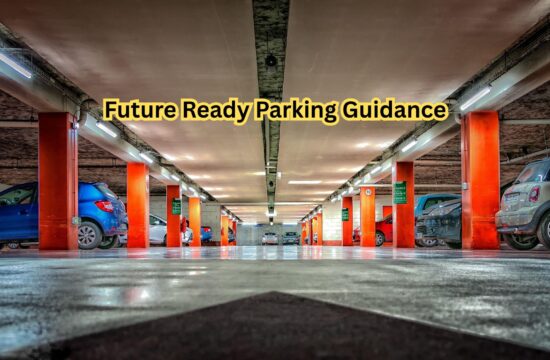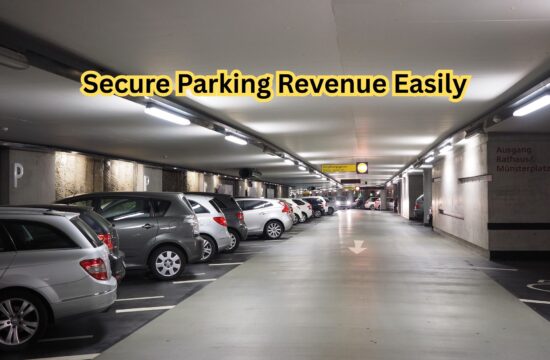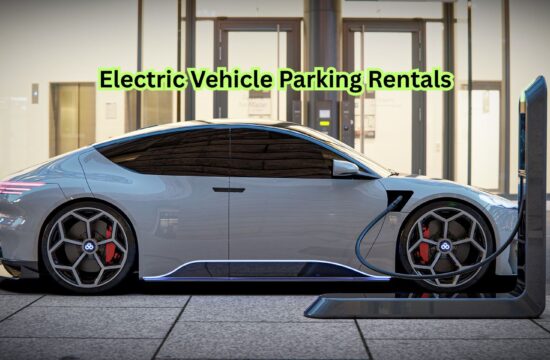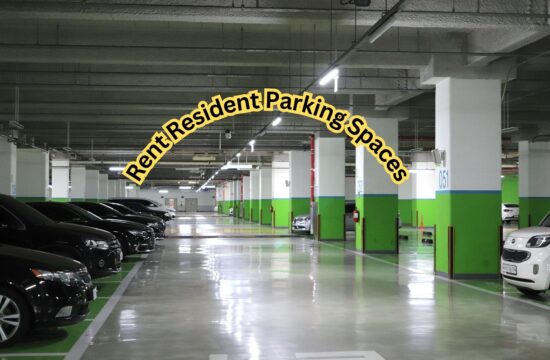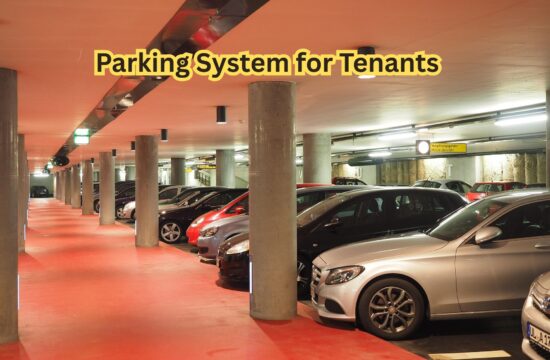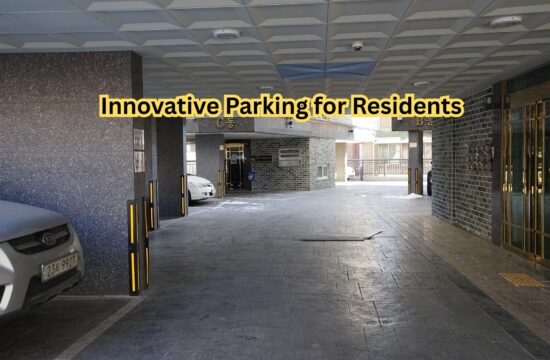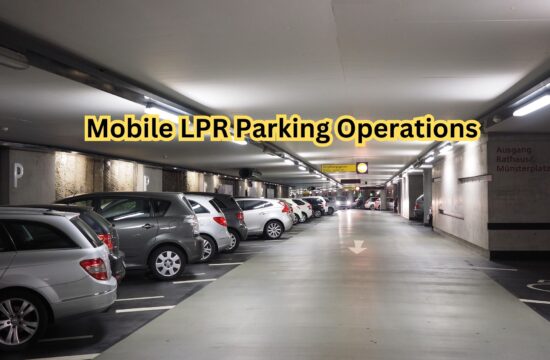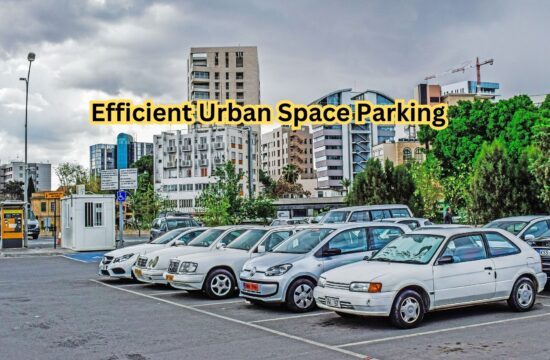Digital solutions for parking streamline the procedure through smartphone apps, automated payment systems, and smart sensors. Contactless payments, effective enforcement, and real-time space availability updates are made possible by these technologies. Digital solutions for parking improve user convenience and lessen traffic, which changes urban parking and adds to more intelligent and environmentally friendly municipal infrastructure. By adopting digital solutions for parking, cities can create a more seamless experience for users, reducing congestion and contributing to the development of smarter, sustainable urban environments.
Smart Parking Apps
The rise of smart parking apps is one of the biggest advancements in digital parking solutions. With the help of these apps, users can look for and reserve parking spaces in real time, getting real-time updates on availability. Through the integration of payment systems and GPS, these applications provide a smooth user experience. By reserving spaces ahead of time, drivers can avoid the annoyance of driving around the block in search of parking. Furthermore, these apps frequently offer dynamic pricing in response to demand, which aids in more effective parking supply management.
Automated Payment Systems
The days of scratching about at parking meters for change are long gone. Automated payment systems that enable customers pay with credit cards, contactless payment methods, or mobile wallets are among the latest digital parking alternatives. This lessens the requirement for physical infrastructure like parking meters while simultaneously increasing consumer convenience. Automated payment systems also make enforcement easier by guaranteeing digital payment tracking, which lowers the possibility of ticketing errors or disputes.
Smart Sensors and IoT Integration
Another essential part of digital parking solutions are smart sensors. These sensors can determine if a place is filled or vacant when they are included into parking spaces. The surrounding infrastructure. Drivers are then directed to available spaces more effectively thanks to the real-time transmission of this data to parking apps and digital signage. This system is further improved by the integration of the Internet of Things (IoT). Which enables cities to gather useful data on parking trends, maximize space utilization, and boost traffic flow.
Data-Driven Decision Making
Cities can improve their planning decisions by utilizing the data collected by digital parking systems. In order to better serve citizens and visitors, municipal planners can modify prices, enforce rules, and even restructure parking layouts by examining patterns of use, demand spikes, and turnover rates. Additionally, real-time monitoring made possible by digital parking solutions enables authorities to act swiftly in response to problems like unlawful parking and congestion in particular regions.
Environmental Impact
The advantages of digital parking systems for the environment are among their most significant advantages. In an attempt to find a spot, cars using traditional parking systems frequently circle, which worsens traffic congestion and increases carbon emissions. Digital solutions assist in reducing the amount of time drivers spend on the road. Which lowers fuel consumption and emissions, by offering real-time information about available spots. Consequently, this makes cities greener and cleaner.
Enhanced User Experience
When it comes to consumer convenience, digital parking solutions are unmatched. The parking experience may be made more stress-free and seamless with features like mobile payments. Real-time space tracking, and prior reservations. These advancements are especially advantageous in busy urban settings where parking has historically been a pain. With more control and flexibility at their disposal, drivers are less frustrated and are more satisfied overall.


